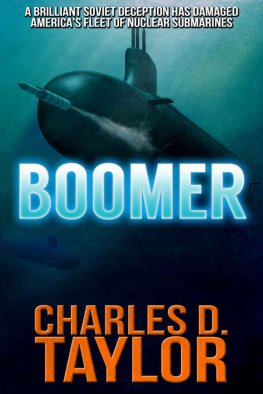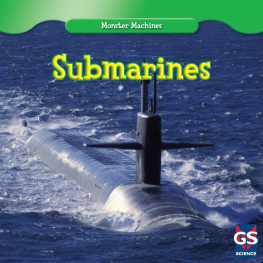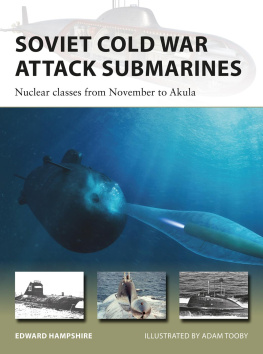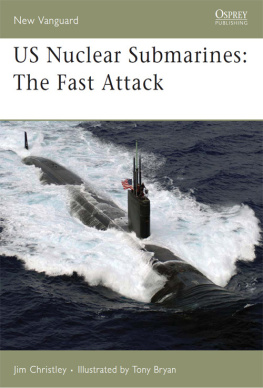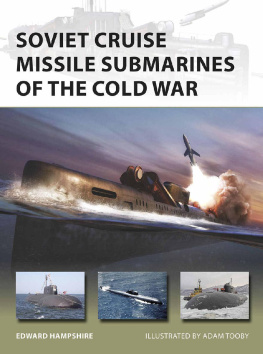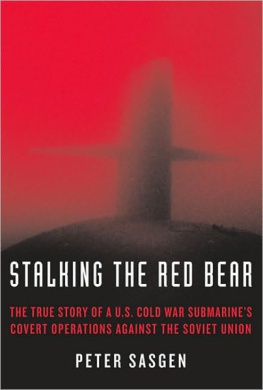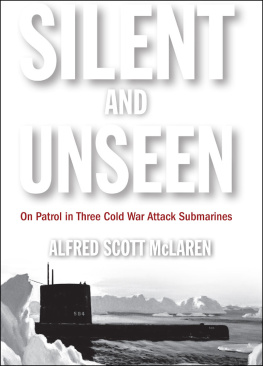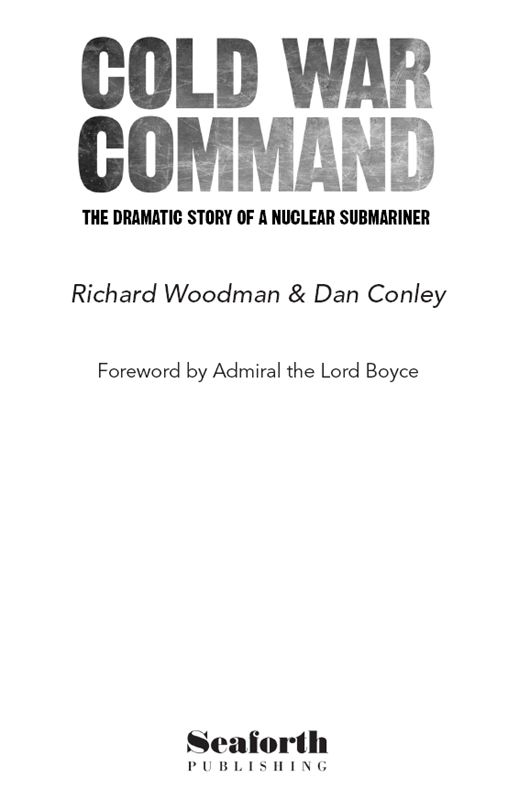
For Linda
Copyright Richard Woodman & Dan Conley 2014
First published in Great Britain in 2014 by
Seaforth Publishing,
Pen & Sword Books Ltd,
47 Church Street,
Barnsley S70 2AS
www.seaforthpublishing.com
British Library Cataloguing in Publication Data
A catalogue record for this book is available from the British Library
ISBN 978 1 84832 769 6
eISBN 9781473837683
All rights reserved. No part of this publication may be reproduced or transmitted in any form or by any means, electronic or mechanical, including photocopying, recording, or any information storage and retrieval system, without prior permission in writing of both the copyright owner and the above publisher.
The right of Richard Woodman and Dan Conley to be identified as the authors of this work has been asserted by them in accordance with the Copyright, Designs and Patents Act 1988.
Typeset by MATS Typesetting, Leigh-on-Sea, Essex SS9 5EB
Printed and bound in Great Britain by CPI Group (UK) Ltd, Croydon, CR0 4YY
Contents
FOREWORD
Admiral the Lord Boyce,
KG GCB OBE DL
A S THE C OLD W AR unfolded after the end of the Second World War, the Soviet Union commenced building up a large submarine force which posed a serious potential threat to the vital sea lines of communication of the Western alliances. The nations of the West, and in particular those comprising the North Atlantic Treaty Organisation (NATO), aware of the devastating effects of submarine attacks upon shipping in both the Atlantic and Pacific during the Second World War, accordingly moved to counter this threat. As a part of this high-priority response, most of its member nations submarines were modified or designed to fulfill a prime role in anti-submarine warfare (ASW), making them capable of seeking out and destroying Soviet submarines. The advent of the nuclear submarine in 1955, marked by the commissioning of the USS Nautilus , with its superior equipment and much greater endurance, range and mobility, enabled submarine operations against submarines to reach a new level of success. Meanwhile, covert intelligence gathering upon Soviet naval forces, which had been hitherto the province of diesel submarines, was to become an important peacetime task of nuclear attack submarines, colloquially known as hunter-killers. Indeed, these vessels were routinely deployed to seek out and secretly follow Soviet submarines particularly those capable of launching intercontinental ballistic missile attacks on Western cities in order to be in a position pre-emptively to destroy them should hostilities break out. Such was the underwater confrontation of the Cold War.
In the decade after Britains first nuclear submarine HMS Dreadnought was commissioned in 1963, the Royal Navys Submarine Service changed from a force of conventional diesel submarines, many of which were of Second World War vintage and whose crews exuded a somewhat raffish buccaneering and independent spirit, to a highly professional and arguably the most important branch of the Royal Navy. It fully rose to the challenges of safely and effectively operating nuclear submarines, on the one hand delivering the nations deterrent by means of the Polaris and more latterly the Trident intercontinental ballistic missile systems; and on the other providing a highly capable anti-submarine force of hunter-killer submarines. The introduction into the Royal Navy of nuclear-powered submarines armed with Polaris was a remarkable achievement in itself, as the first British ballistic missile-armed submarine, HMS Resolution, went on patrol in 1968 only six years after the 1962 Nassau agreement whereby the United States offered to provide Polaris technology and equipment to the United Kingdom in order to enable the Royal Navy to sustain a British independent nuclear deterrent.
At the same time, the Royal Navy underwent the painful contraction from a force deployed worldwide at the core of which was a strike force of aircraft-carriers to a much smaller navy, focused upon the Cold War threat. Accordingly, in the three decades prior to the end of the Cold War, marked by the fall of the Berlin Wall in 1989, the United Kingdom invested a substantial proportion of defence expenditure in establishing and maintaining a potent flotilla of nuclear-powered submarines whose role was to maintain and support Britains nuclear deterrent, and to counter the potential enemys maritime threat directly by shadowing his units and covertly gathering intelligence.
During all these developments the Royal Navy benefited from its unique and close operational partnership with the United States Submarine Force. Whilst by no means on the same scale as the latter, by 1989 the Royal Navy Submarine Flotilla comprised twenty nuclear submarines complemented by twelve diesel boats, making a very substantial contribution to confronting and countering an ever expanding and increasingly capable Soviet nuclear submarine force. Indeed, the professionalism and the tactical adeptness of the Royal Navys submariner, and the quality of his vessel, fully matched those of the major partner. This branch of the Royal Navy was truly in the premier league of maritime fighting capability.
For very good reasons the part played by the submarines of the Royal Navy, United States Navy and those of other nations in the NATO Alliance during the tense years of the Cold War has been shrouded in secrecy. Even today many operations which occurred remain highly classified. In Cold War Command, Captains Dan Conley and Richard Woodman have succeeded in delivering a unique and evocative narrative which authentically captures the tensions and drama of this undersea confrontation which the West could not afford to lose. Cold War Command gives the reader thrilling insights into the physical and mental demands of operating a hunter-killer in the Cold War era, and provides the reader with a hitherto undisclosed narrative of events based upon vivid and challenging experiences.
Cold War Command makes a significant contribution to charting the history of the Royal Navy Submarine Service in the latter half of the twentieth century when it underwent its greatest ever peacetime expansion. In particular, it describes the long and difficult gestation of reliable, effective anti-submarine weapons which it so sorely needed. And it is so important that individuals such as Captain Dan Conley who actually served throughout this era, witnessing many of its important events and milestones, record their experiences and observations. Having myself commanded a hunter-killer and experienced first-hand similar encounters and events as are herein narrated, I can relate to much of its content including the immense engineering and operational challenges which were so successfully met by the remarkable dedication and competence of the crews who manned the Submarine Flotilla during the uncertain years of the Cold War.
Admiral the Lord Boyce
Prologue
It was an evening in May 1985 and the sun was setting over the empty, heaving, grey wastes of the North Atlantic Ocean, where almost half a century earlier Great Britain had struggled to maintain her supply line in a world at war. On that day the world was at peace. The people on the western shore of the vast ocean were still about their business, those on the eastern side were on their way home from the toils of the day. Both were, for the best part, untroubled by thoughts of death and annihilation. The threat of the Mutually Assured Destruction implicit in the stand-off between the countries of the NATO alliance and those of the Warsaw Pact kept that peace by the unrelenting maintenance of a crude but effective balance of power. For the NATO alliance, this strategic stalemate the Cold War depended largely upon the deployment of nuclear weapons in submarines deep in the North Atlantic Ocean.
Next page

